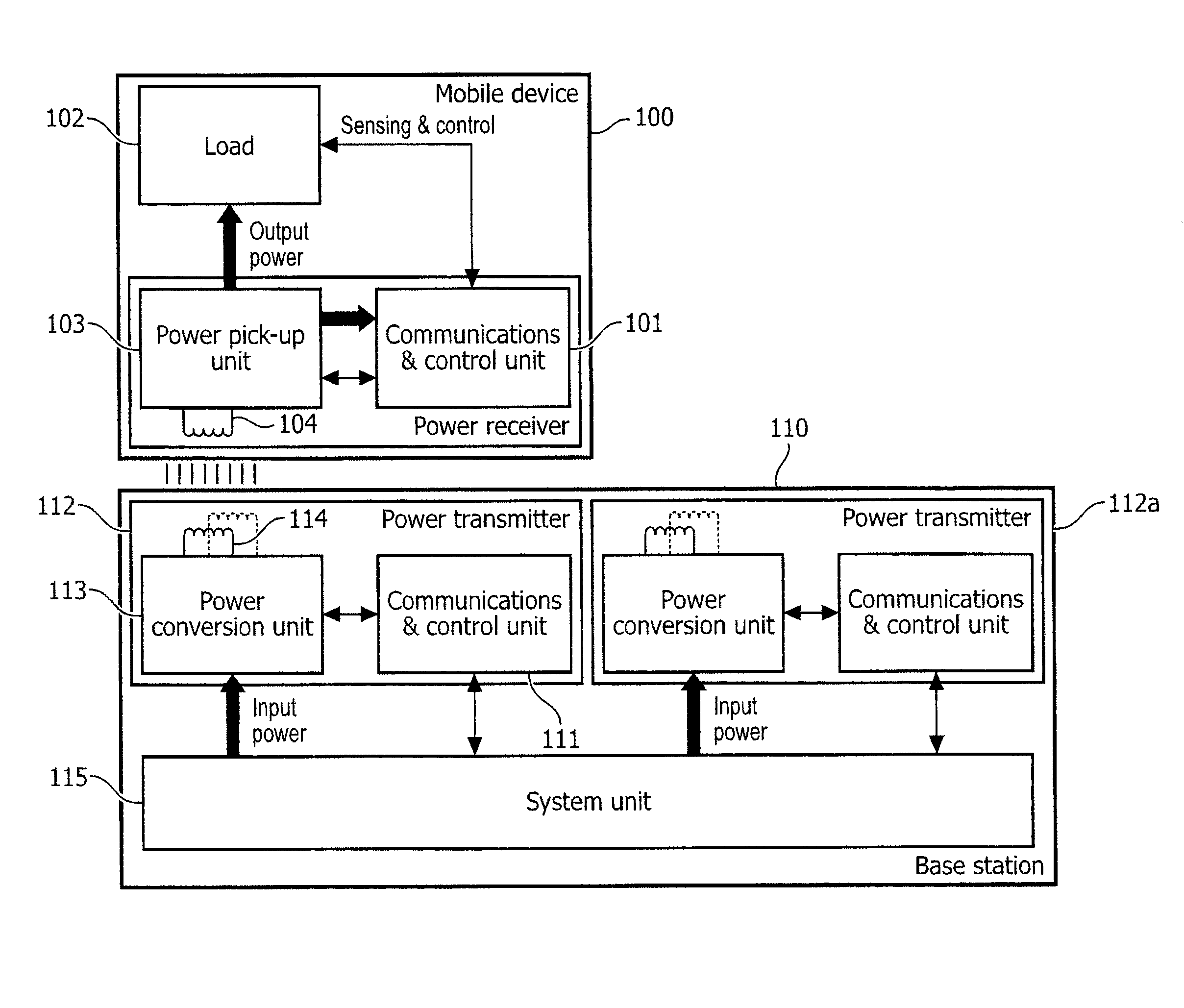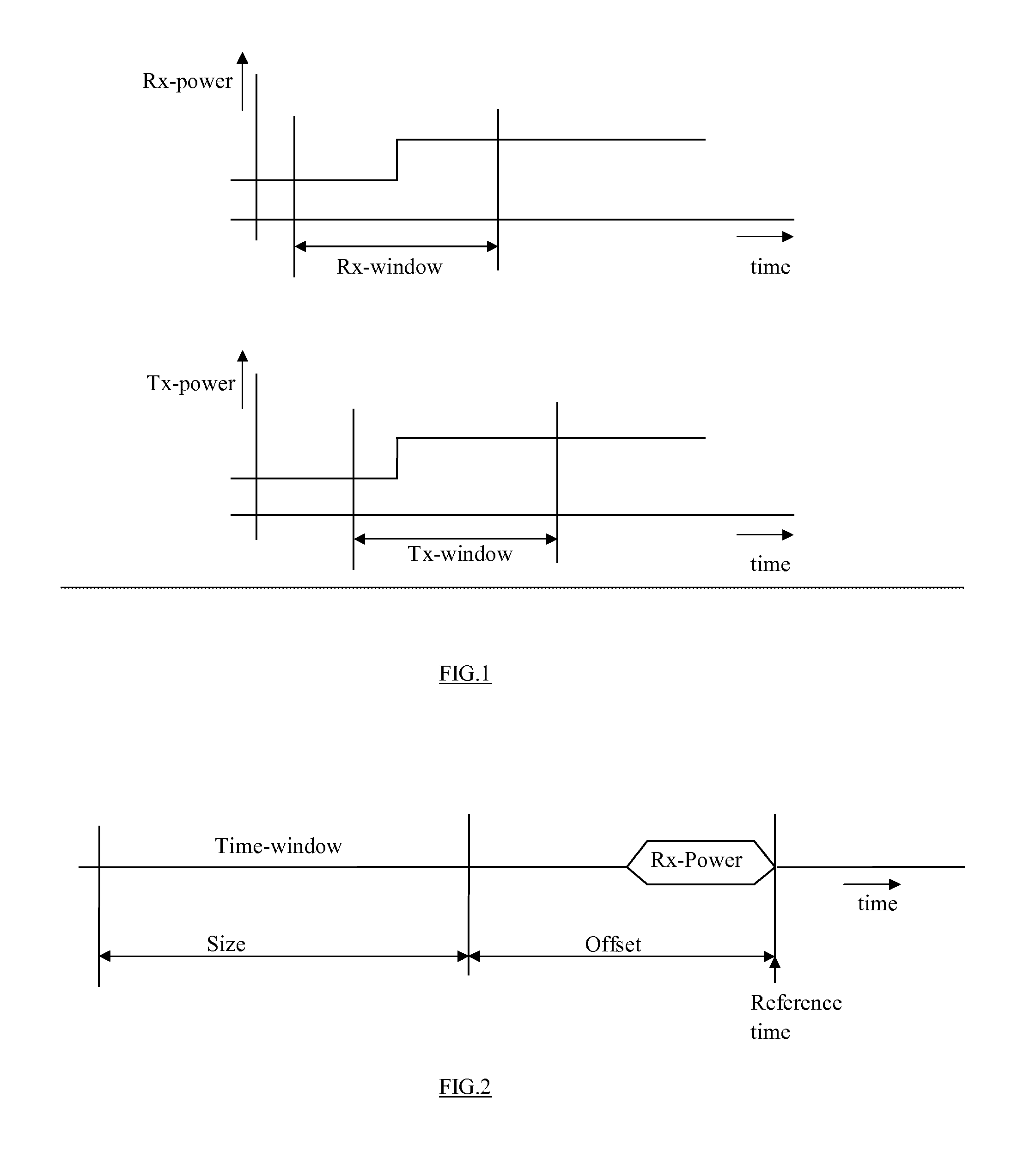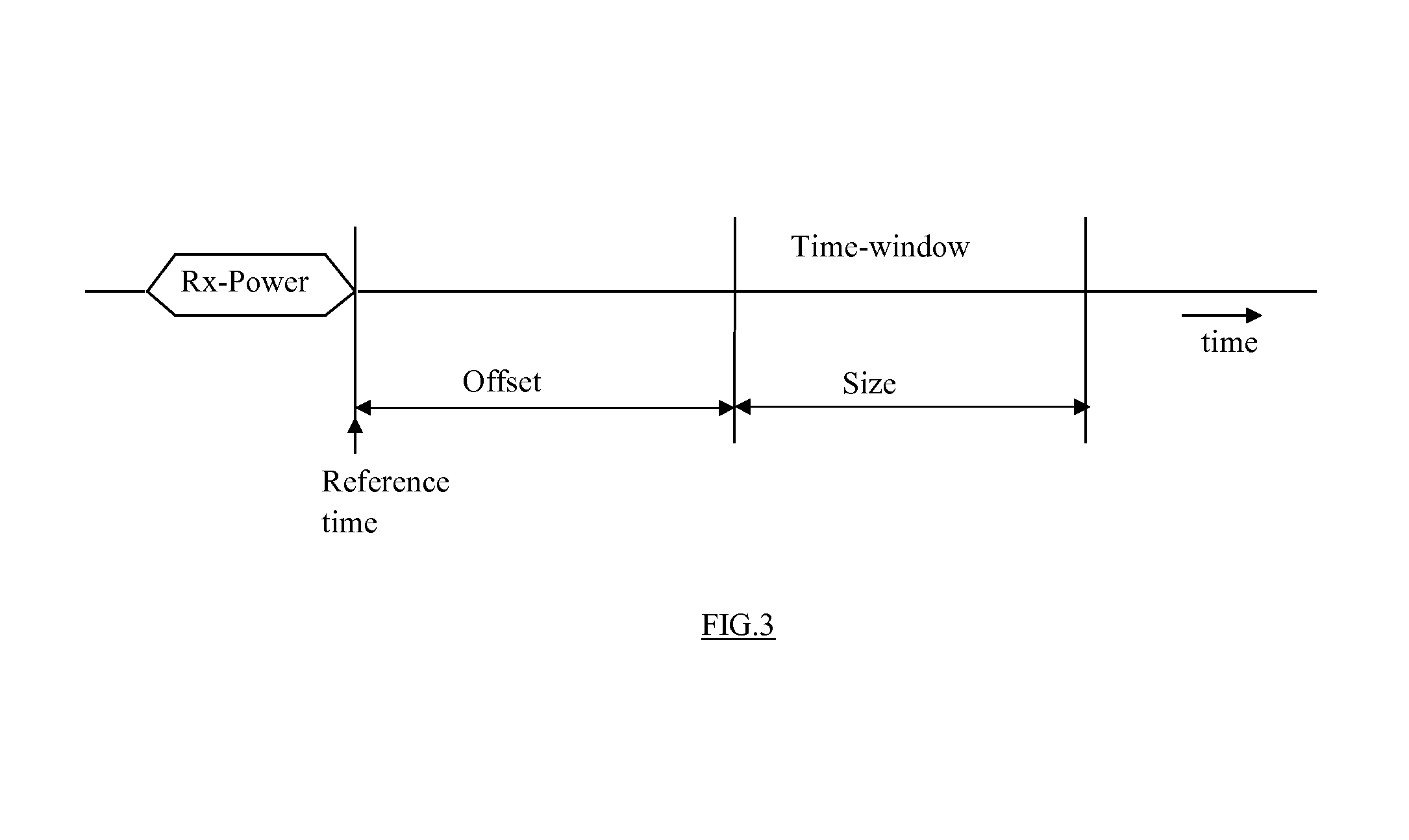Calculating power loss for inductive power transmission
a power transmission and power loss technology, applied in the field of power transmission technology, can solve the problems of inability to calculate power loss in the field of inductive power transmission, metal objects positioned at the surface of the power transmitter, and affecting the operation of the power transmission system,
- Summary
- Abstract
- Description
- Claims
- Application Information
AI Technical Summary
Benefits of technology
Problems solved by technology
Method used
Image
Examples
Embodiment Construction
[0050]A method to prevent a metal object to heat up is to determine the power loss that is not part of the normal power loss of the system. The power loss in a metal object can be estimated by taking the difference between the net transmitted power and the gross received power. To prevent that too much power is dissipated into a metal object, the power transmitter terminates power transfer if the power loss exceeds a threshold.
[0051]To determine the power loss the power receiver estimates its gross received power e.g. by measuring its rectified voltage and current, multiplying current and voltage, and adding an estimation of the internal power losses in the power receiver. The power receiver communicates the received power to the power transmitter, e.g. with a minimum rate such as every 5 seconds. Such minimum rate means that the distance in time between the ends of two succeeding received power information data is maximally 5 seconds.
[0052]The power transmitter estimates its net tr...
PUM
| Property | Measurement | Unit |
|---|---|---|
| temperature | aaaaa | aaaaa |
| power loss | aaaaa | aaaaa |
| received power parameter | aaaaa | aaaaa |
Abstract
Description
Claims
Application Information
 Login to View More
Login to View More - R&D
- Intellectual Property
- Life Sciences
- Materials
- Tech Scout
- Unparalleled Data Quality
- Higher Quality Content
- 60% Fewer Hallucinations
Browse by: Latest US Patents, China's latest patents, Technical Efficacy Thesaurus, Application Domain, Technology Topic, Popular Technical Reports.
© 2025 PatSnap. All rights reserved.Legal|Privacy policy|Modern Slavery Act Transparency Statement|Sitemap|About US| Contact US: help@patsnap.com



